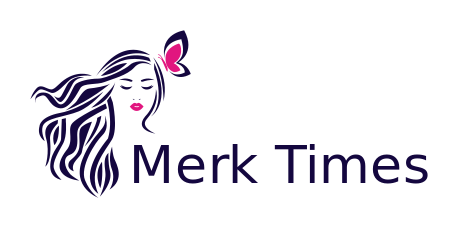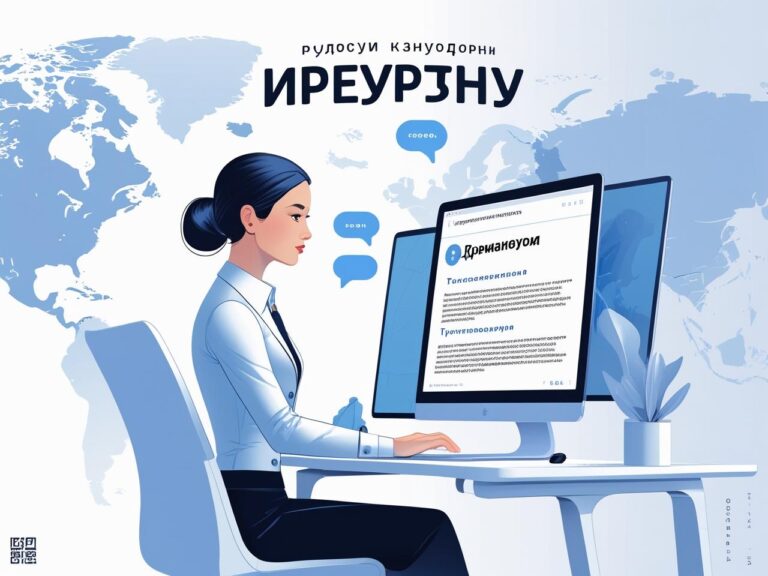In today’s interconnected world, language barriers are no longer a significant obstacle, thanks to the rise of professional translation services. Whether it’s for business, travel, or personal communication, translators play a vital role. In this article, we will explore the meaning of the term “преводч,” delve into the importance of translators, and examine how their services have evolved in the digital age.
What is “Преводч”?
The word “преводч” is a colloquial Bulgarian term for a translator or someone who works in translation. In its essence, the term refers to an individual who converts written or spoken words from one language to another. However, being a translator is much more than simply changing words; it involves understanding cultural nuances, ensuring the context is preserved, and delivering the message accurately.
The Importance of Translators in Today’s Global Society
In our increasingly globalized society, the demand for translation services has surged. Let’s explore why translators are indispensable today:
Bridging Language Gaps
With over 7,000 languages spoken globally, communication can be a significant hurdle. Translators break down language barriers, enabling individuals, businesses, and governments to communicate effectively across borders.
Cultural Sensitivity
Translation isn’t just about language; it’s about culture. A good translator understands the cultural contexts of both the source and target languages. This cultural sensitivity is essential to ensure that the message resonates with the audience and doesn’t inadvertently cause offense.
Business Growth and Global Expansion
For businesses seeking to expand internationally, translation services are key. Whether translating product manuals, marketing materials, or website content, accurate translation helps companies reach new audiences and markets, improving customer relationships and boosting sales.
Types of Translation Services
There are various types of translation services that cater to different needs. Here are some common categories:
Document Translation
This is one of the most common types of translation, where written documents, such as legal contracts, medical records, or official correspondence, are translated from one language to another.
Certified Translation
Certain legal or governmental documents, such as birth certificates, immigration papers, or academic transcripts, require certified translation. A certified translator provides a sworn declaration that the translation is accurate and true to the original document.
Interpretation Services
Interpretation involves translating spoken language in real time. It’s commonly used in conferences, business meetings, and legal proceedings. There are two types of interpretation: simultaneous (translated in real-time) and consecutive (translated after the speaker finishes).
Localization
Localization goes beyond translation by adapting content for a specific locale. This is crucial for websites, software, and marketing materials, ensuring they are culturally relevant and resonate with the target audience.
How Technology is Changing the Translation Industry
The translation industry has evolved with advancements in technology. Here are some of the technological changes that have had a significant impact:
Machine Translation
Machine translation (MT), including tools like Google Translate and DeepL, has revolutionized the translation process. While it’s not perfect, MT is an efficient way to translate large volumes of text quickly. Many businesses use MT for initial drafts, followed by human translators for refinement.
Translation Memory
Translation Memory (TM) is a tool that stores previously translated text to ensure consistency across documents. It helps translators save time and maintain uniformity, especially when dealing with large projects.
AI and NLP in Translation
AI-powered tools and Natural Language Processing (NLP) are shaping the future of translation. These technologies help machines better understand context, idiomatic expressions, and nuances, leading to more accurate translations.
Qualities of a Good Translator
Becoming a successful translator goes beyond fluency in two languages. Here are some key qualities that distinguish great translators:
Excellent Language Proficiency
A deep understanding of both the source and target languages is crucial. A translator must have an expansive vocabulary, knowledge of grammar, and the ability to understand the subtleties of the language.
Cultural Understanding
Cultural knowledge is indispensable. Translators need to understand the cultural context of both the source and target languages. This helps them provide translations that are not only accurate but also culturally appropriate.
Attention to Detail
Translation requires a high level of precision. Translators must pay attention to even the smallest details to ensure that the message is conveyed correctly. A small error in translation can lead to significant misunderstandings.
Research Skills
Good translators often need to conduct research. They must be able to verify terminology, understand technical concepts, and ensure the accuracy of their translations.
Challenges in the Translation Profession
Although translation is a rewarding field, it comes with its own set of challenges. Let’s look at some of them:
Dealing with Ambiguities
One of the biggest challenges a translator faces is dealing with ambiguous phrases or words. Some words don’t have direct equivalents in other languages, so it’s up to the translator to find the best way to convey the meaning.
Maintaining Tone and Style
Every text has its own tone, style, and voice. A translator must preserve these elements while ensuring that the translation remains accurate. This can be particularly challenging in literary translation, where tone and style are crucial.
Tight Deadlines
Translators often work under tight deadlines. Whether it’s translating subtitles for a film or business documents for a global launch, the pressure to deliver quality translations quickly can be intense.
The Future of Translation Services
As technology continues to evolve, the future of translation services looks promising. Here are some trends to watch for:
Increased Use of AI
Artificial intelligence and machine learning will continue to improve translation accuracy. While human translators will always be needed for complex and nuanced content, AI will enhance the speed and efficiency of the translation process.
More Specializations
As industries continue to grow and become more specialized, the need for translators with expertise in specific fields (such as medical, legal, or technical translation) will increase. Specialized translators are in high demand due to the complexity of the content.
Remote Translation Services
The rise of remote work and globalization has led to a boom in remote translation services. Clients can now access professional translators from around the world, breaking down geographical barriers and creating a truly global market for translation services.
Conclusion
In conclusion, a “преводч” (translator) plays a critical role in ensuring clear communication in a multilingual world. From personal documents to business transactions, translators help bridge the gap between different cultures and languages. While technology is transforming the industry, the demand for skilled, human translators remains high. If you’re considering a career in translation or simply looking for translation services, it’s essential to understand the many facets of this profession and the impact it has on society.
Whether it’s translating a business contract or localizing an app, the work of a translator is both challenging and rewarding. As the world continues to globalize, the need for professional translation services will only grow, highlighting the importance of skilled “преводч.”

